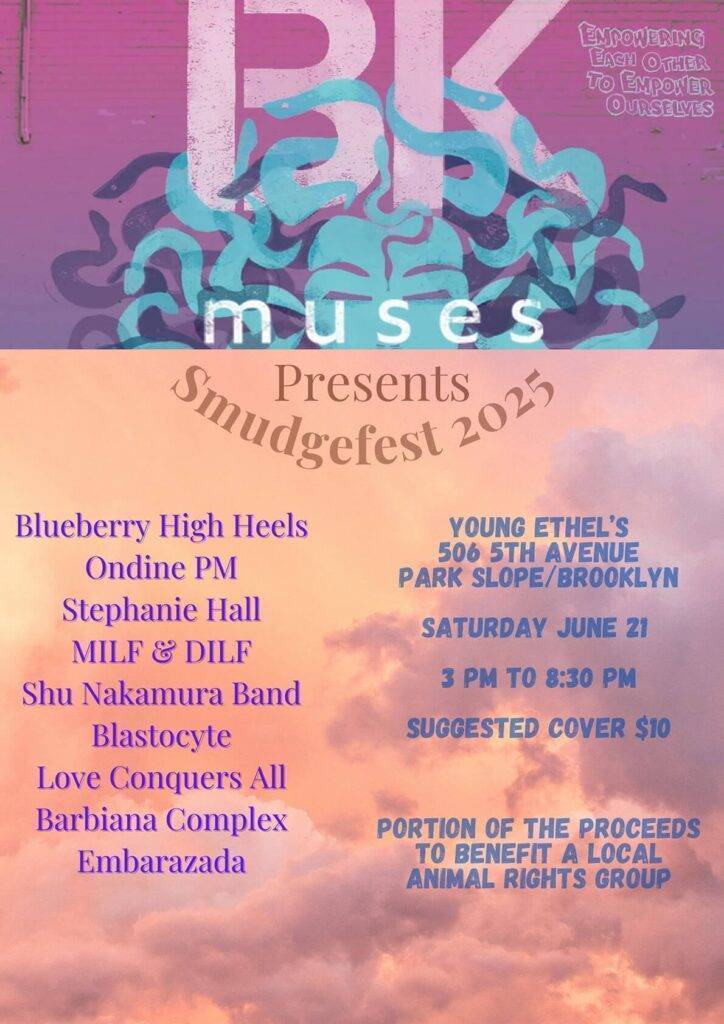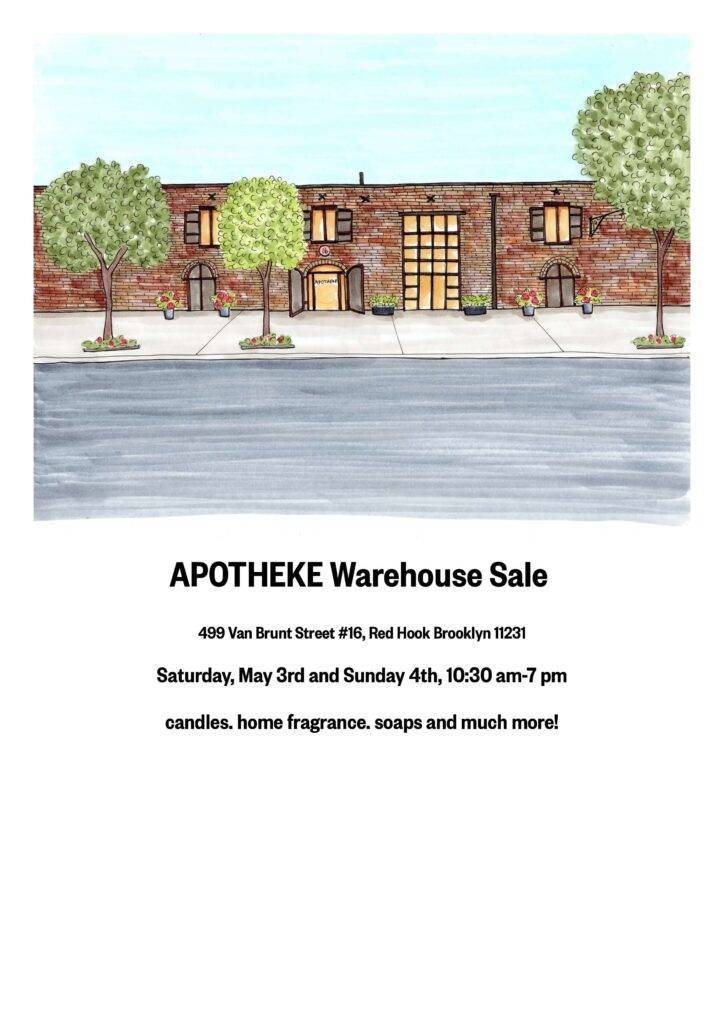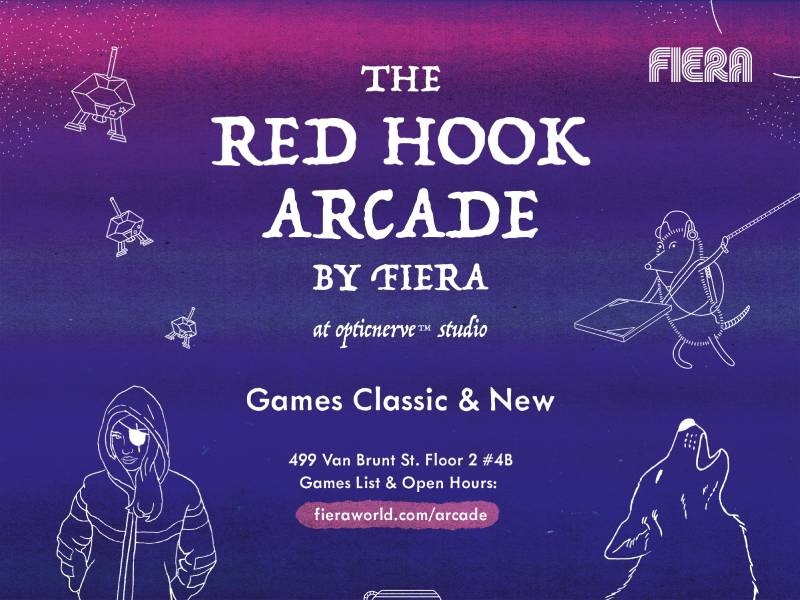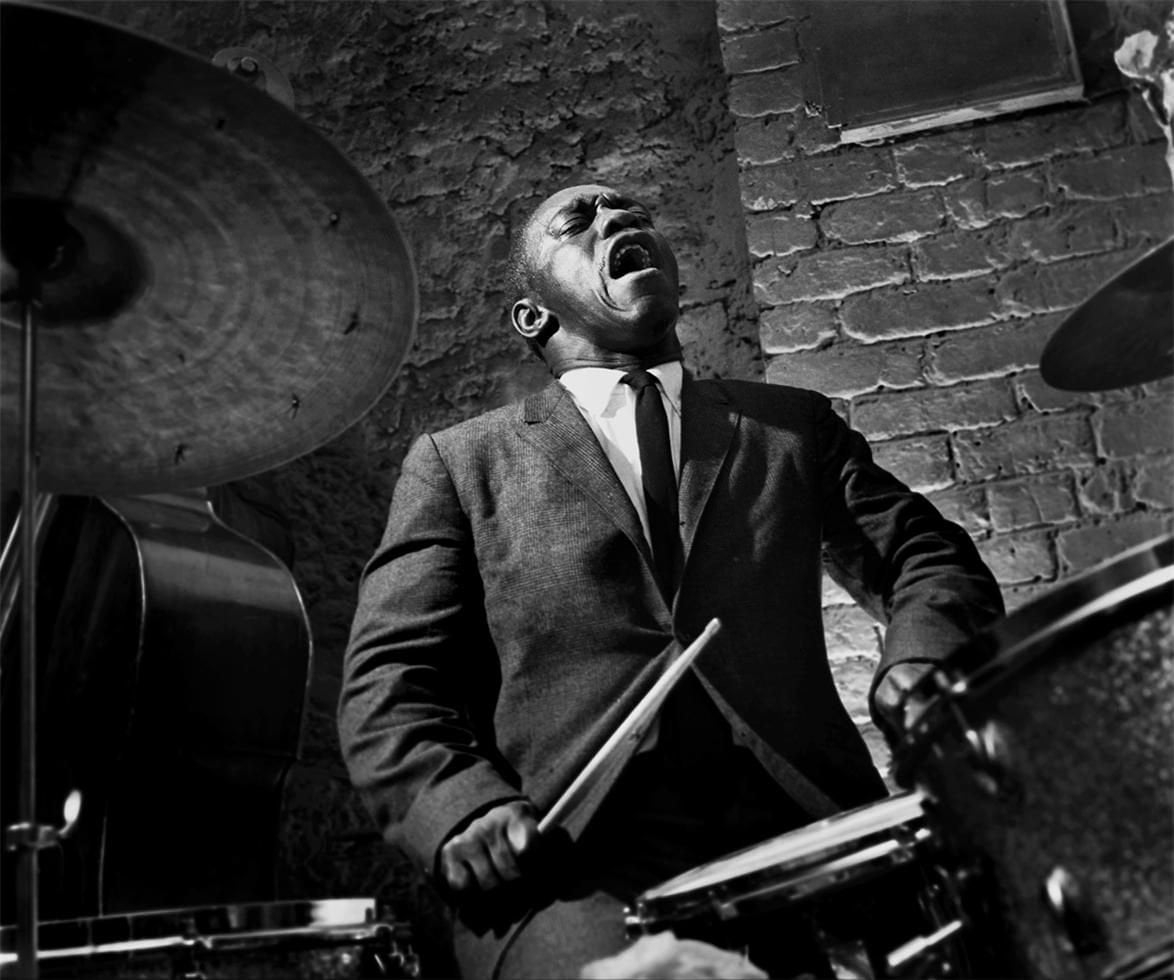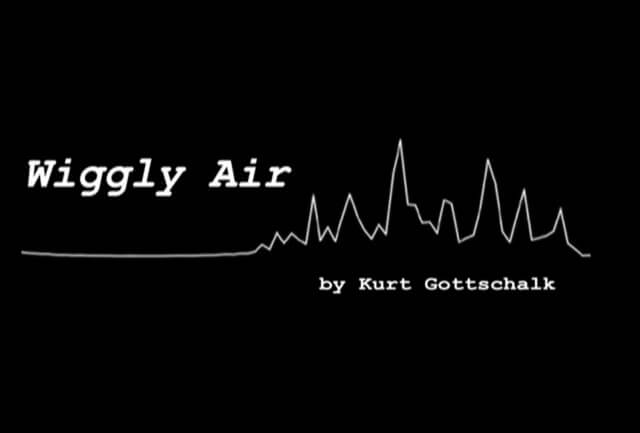Michael Jones has worked in many different industries — as a manager for Brooklyn synthpop duo Holy Ghost!, at Vice Media in the early days of online video, in the emerging New York City 2010s tech scene at places like Cameo and Dash, and then doing brand development for a company transforming small business lending by blending technology, data, and design. This interdisciplinary path, however, makes complete sense for someone who co-founded and serves as the managing editor of Broadcast, Pioneer Works’s magazine.
Housed in a sprawling industrial building on a street of the same name, Pioneer Works is an artist- and scientist-led community organization launched in 2012 by sculptor Dustin Yellen, alongside founding artistic director and current executive director Gabriel Florenz. They were soon joined by founding director of sciences Janna Levin.
A sort of creative playground, Pioneer Works aims to cultivate multidimensional, open-minded thinking by de-siloing visual arts, technology, music, and science. For “makers and thinkers,” as the website describes, that means providing resources and a platform to expand their practice: residencies, labs, studios, exhibitions — in short, raw space ripe for collaboration.
For the public, Pioneer Works offers a diverse range of programming, including concerts, science talks, art exhibitions, and community events — and more recently, Broadcast.
“Many institutions in New York feel storied and polished,” Jones tells me over the phone. “There are some imperfections at Pioneer Works, which I find quite charming.” Jones continues:
“Beyond the unparalleled programming, what makes Pioneer Works truly special is that this explosion of artistic and intellectual ideas takes place against the backdrop of a nineteenth-century iron mill. It’s accessible and unpretentious — one of the reasons people connect with [Pioneer Works] and why a community has naturally grown around it.”
By putting tools, perspectives, and mediums in conversation, Pioneer Works resists compartmentalization and works to clarify, articulate, and ameliorate some of the most pressing questions about today’s world. As Yellin puts it on his website, “What is the way toward social betterment through the arts? Is it enough to simply show projects that merely describe the world, or should museums and other institutions take a more activist approach and promote initiatives that make ‘real’ change? Even if this is a false dichotomy, as critical thinking and knowledge production are the very software of any healthy social system, a question remains: how can the arts create solutions to problems?”
Broadcast is one of Pioneer Works’ many attempts to answer these questions. Jones and Levin, an astrophysicist, author, and Claire Tow professor of physics and astronomy at Barnard College, first broached creating a magazine in the spring of 2020. Broadcast was initially conceived as a digital platform set to launch in 2021. Yet when COVID-19 hit, Jones and Levin felt an urgency to grow the Pioneer Works ecosystem sooner, as people couldn’t visit or engage with the space in the same way as they did before. “It was an opportunity to stay engaged with the world,” Jones tells me. “We took these wireframes that we had made that were very far off and rushed the thing out because everything was shutting down, and there was really no way to communicate with our community.”
Something we wanted
As Levin described to The Cut, “We did something that we wanted, that we believed in. I’m a firm believer in, ‘you don’t try to think, Who’s my audience?’ and manipulate your material for some audience you think you have.” While the magazine serves as a print and digital extension of the physical space, it doesn’t just cover what’s happening at Pioneer Works.
After the initial digital launch, Jones and Levin established a cadence and continued building out a robust editorial team that now includes Joshua Jelly-Schapiro as Levin’s co-editor-in-chief, senior editors Lucy McKeon and David Everitt Howe, and assistant editor Stella Belt. In 2023, Broadcast published its first print edition, a 44-page issue somewhere between a magazine and a zine. Pioneer Works design director Daniel Kent and graphic designer Andrew LeClair designed the magazine, creating a playful, accessible entry to some of the complex subject matter explored. But Jones describes wanting the magazine to be more than a design object: “I wanted people to fold it over, bend it, get it dirty, read it.”
After the overwhelmingly positive response to Issue 1, they nearly tripled the page count for the 2024 edition, ramping up the page quality and going deeper on particular disciplines. “In the print issues, just as on the website, we aim to publish a balanced mix of the disciplines we cover: science, art, music, and literature. It’s not always an even split, but that’s what we strive for.” Broadcast has been more than successful in this pursuit: As their Issue 2 editor’s note reads: “We like to think of Broadcast as a kind of 3D map of the world, as it looks from our old iron works in Brooklyn — a chart of convergences, across the spheres of arts and science, that living maps yield. This time around, our print edition contains dark matter and dark fungi; Swamp Dogg’s beans and bass-less music in the Caribbean; Landback in St. Louis and the art and science of the Periodic Table, among other riches. We hope you will enjoy, as we do, the challenge of grasping at an eyeful of the universe on its grandest scale, even if we can each only do so from a center that’s ours alone.” What remains consistent across this range of subjects is evocative, well-edited writing and a steadfast belief that cross-pollination and a spectrum of voices benefit all readers.
Recently, Broadcast has been experimenting with thematic weeks, collating their coverage around one idea or question. The template for this editorial package was established during Broadcast’s Eclipse Week in April 2024, which coincided with the Great North American Eclipse, and featured essays from Annie Dillard, Joe Patterson, and others. Death Week, which premiered in April of 2025, aligned with a popular conversation at Pioneer Works with the Nobel-winning biologist Venki Ramakrishnan and was billed as an interdisciplinary dive into all things dying — from DMT and near-death experiences, TikTok gravediggers, Jane Austen lovers in hospice, and the new divine. This fall, Broadcast will debut Heat Week, which will coincide with Climate Week in NYC. For Jones, the thematic coverage is “a clear distillation of the purpose of this magazine, which is to get different points of view. When they’re all centered around one particular topic, it tells the story of the magazine quite clearly.”
Today, Broadcast publishes an annual print magazine and a monthly average of four digital pieces and videos. Jones points to Broadcast’s investment in thoughtful editing as well as the accessibility of the internet as two of the reasons Broadcast has attracted a devoted global readership. “It’s so difficult today to find extraordinary writing that’s well edited that isn’t behind a paywall. I’m extremely appreciative of the fact that we’re able to offer all the writing that we do for free.” Joining the already protean editorial staff is a veritable who’s who of advisors: Hilton Als, Hua Hsu, Jazmine Hughes, Ben Lerner, Chris Kraus, and Eileen Myles, among other esteemed creatives.
In a world where print and digital media juggernauts are hemorrhaging resources and staff, access to complex, thoughtful storytelling — for which writers are paid a fair amount — is a noble and rare goal: “Any publishing project, these days, that is able to endure and create a body of work over time,” says Jones, “it feels maybe not grand enough to say that just existing and standing the test of time is my goal for the publication, but it’s also sort of true because I also know how hard and rare that is in the industry we inhabit. I’m just so grateful to be able to do the work I do alongside so many brilliant
Author
Discover more from Red Hook Star-Revue
Subscribe to get the latest posts sent to your email.


